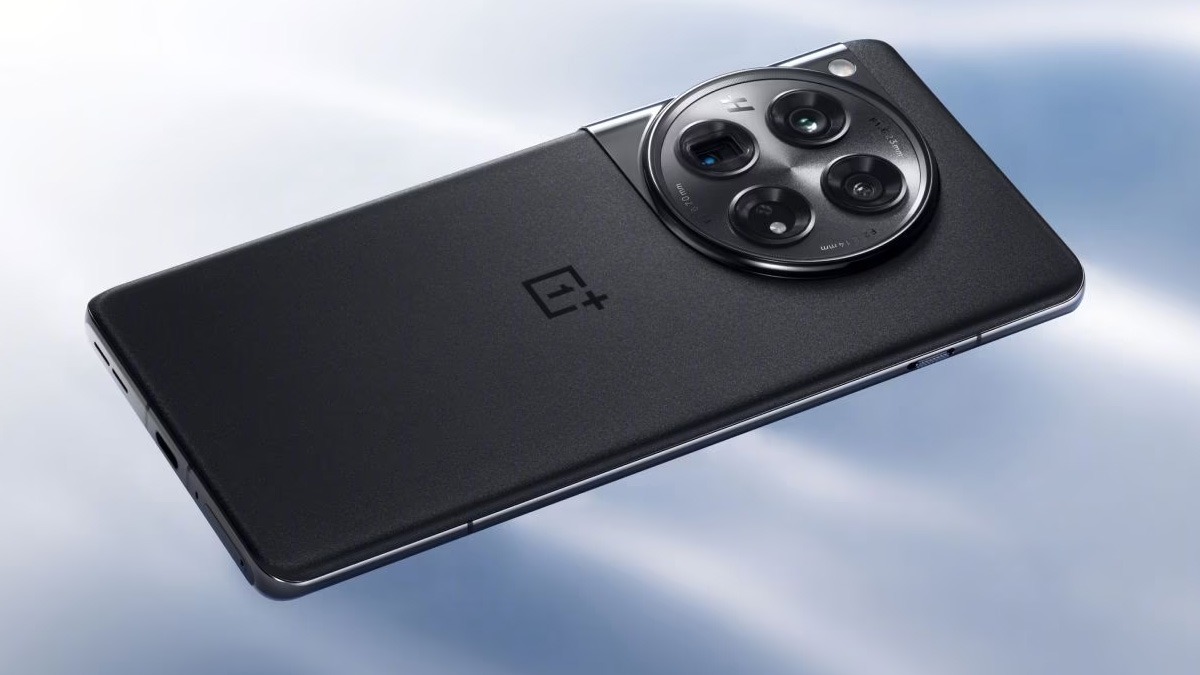Just In
- 10 hrs ago

- 12 hrs ago

- 12 hrs ago

- 13 hrs ago

Don't Miss
- Movies
 Pukaar Dil Se Dil Tak Promo: Sayli Salunkhe Impresses In First Video Of Sony TV Show, Details About Her Role
Pukaar Dil Se Dil Tak Promo: Sayli Salunkhe Impresses In First Video Of Sony TV Show, Details About Her Role - Sports
 Who Won Yesterday's IPL Match 34? LSG vs CSK, IPL 2024 on April 19: KL Rahul Stellar Batting Show Decimate Chennai Bowling
Who Won Yesterday's IPL Match 34? LSG vs CSK, IPL 2024 on April 19: KL Rahul Stellar Batting Show Decimate Chennai Bowling - Finance
 Rs 17/Share Dividend: Record Date On April 26; Buy The ICICI Group Stock To Be Eligible?
Rs 17/Share Dividend: Record Date On April 26; Buy The ICICI Group Stock To Be Eligible? - Lifestyle
 Golden Rules To Follow For Happy Marriage For A Long Lasting Relationship
Golden Rules To Follow For Happy Marriage For A Long Lasting Relationship - News
 Chinese President Xi Jinping Orders Biggest Military Reorganisation Since 2015
Chinese President Xi Jinping Orders Biggest Military Reorganisation Since 2015 - Education
 Exam Pressure Does Not Exist; Studying Punctually is Crucial; Says Aditi, the PSEB 2024 Topper
Exam Pressure Does Not Exist; Studying Punctually is Crucial; Says Aditi, the PSEB 2024 Topper - Automobiles
 Suzuki Swift Hatchback Scores 4 Star Safety Rating At JNCAP – ADAS, New Engine & More
Suzuki Swift Hatchback Scores 4 Star Safety Rating At JNCAP – ADAS, New Engine & More - Travel
 Journey From Delhi To Ooty: Top Transport Options And Attractions
Journey From Delhi To Ooty: Top Transport Options And Attractions
Drones With Radiosonde To Be Deployed In India; Aims To Be More Accurate Than Weather Balloons
Atmospheric data is critical to getting accurate and timely weather updates. India is currently planning to release drones with radiosonde sensors to get atmospheric data. The Ministry of Earth Sciences is planning to release weather balloons in at least 550 locations across the country.

"We are now exploring the possibility of using drones to gather this atmospheric data which is crucial for weather forecasting," M Ravichandran, Secretary, Ministry of Earth Sciences, told PTI. Presently, the plan is to release drones with these sensors across the country twice a day. Here's all you need to know about the new drone tech.
Drones Vs Weather Balloons: What's The Advantage With Drones?
The statement from the ministry states that these drones are going to be equipped with the radiosonde, which was previously carried by a weather balloon. The new drones would also include sensors to record atmospheric pressure, temperature, wind direction, and speed.
The idea is to load the drones with hydrogen weather balloons, which can soar up to 12km in height. The sensors onboard would then transmit data to the ground team via radio signals. Traditionally, weather balloons and radiosondes were used, but these would drift afar from the ground staff of weather stations.
Drones are a better solution to this problem as these can be controlled and evaluated accordingly. The Indian Ministry of Earth Sciences and the Indian Meteoritical Department will now team up to release drones from 550 weather stations. The radiosonde observations are then fed into forecasting models for weather updates and forecasts.

"It is expected that drones should be capable, economically feasible, easily deployable and recoverable and should be technically comparable or superior to currently deployed radiosondes for upper air observations up to the boundary layer of upper air atmosphere," the statement said.
The advantages of using a drone for weather records are many. For instance, gathering weather data from a weather balloon would take about two hours. But with a drone and its loaded sensors, the IMD aims to get the job done with a 40-minute flight.
What's more, IMD loses about 100 radiosondes almost every day due to weather balloons, which are nearly impossible to track down. On the other hand, losing a drone would be a rare case scenario as they can easily be tracked down and controlled.
-
99,999
-
1,29,999
-
69,999
-
41,999
-
64,999
-
99,999
-
29,999
-
63,999
-
39,999
-
1,56,900
-
79,900
-
1,39,900
-
1,29,900
-
65,900
-
1,56,900
-
1,30,990
-
76,990
-
16,499
-
30,700
-
12,999
-
62,425
-
1,15,909
-
93,635
-
75,804
-
9,999
-
11,999
-
3,999
-
2,500
-
3,599
-
8,893












































